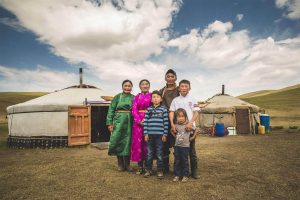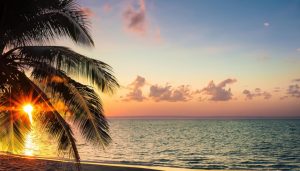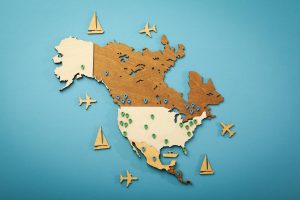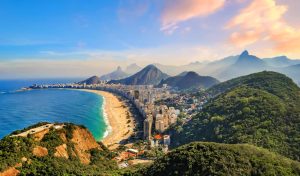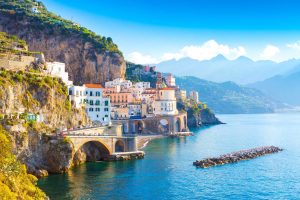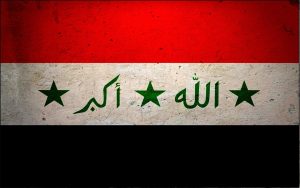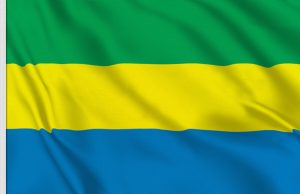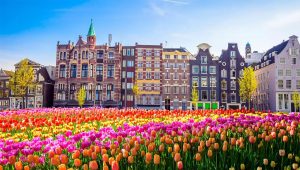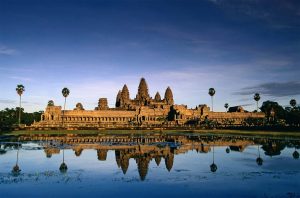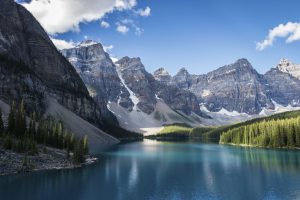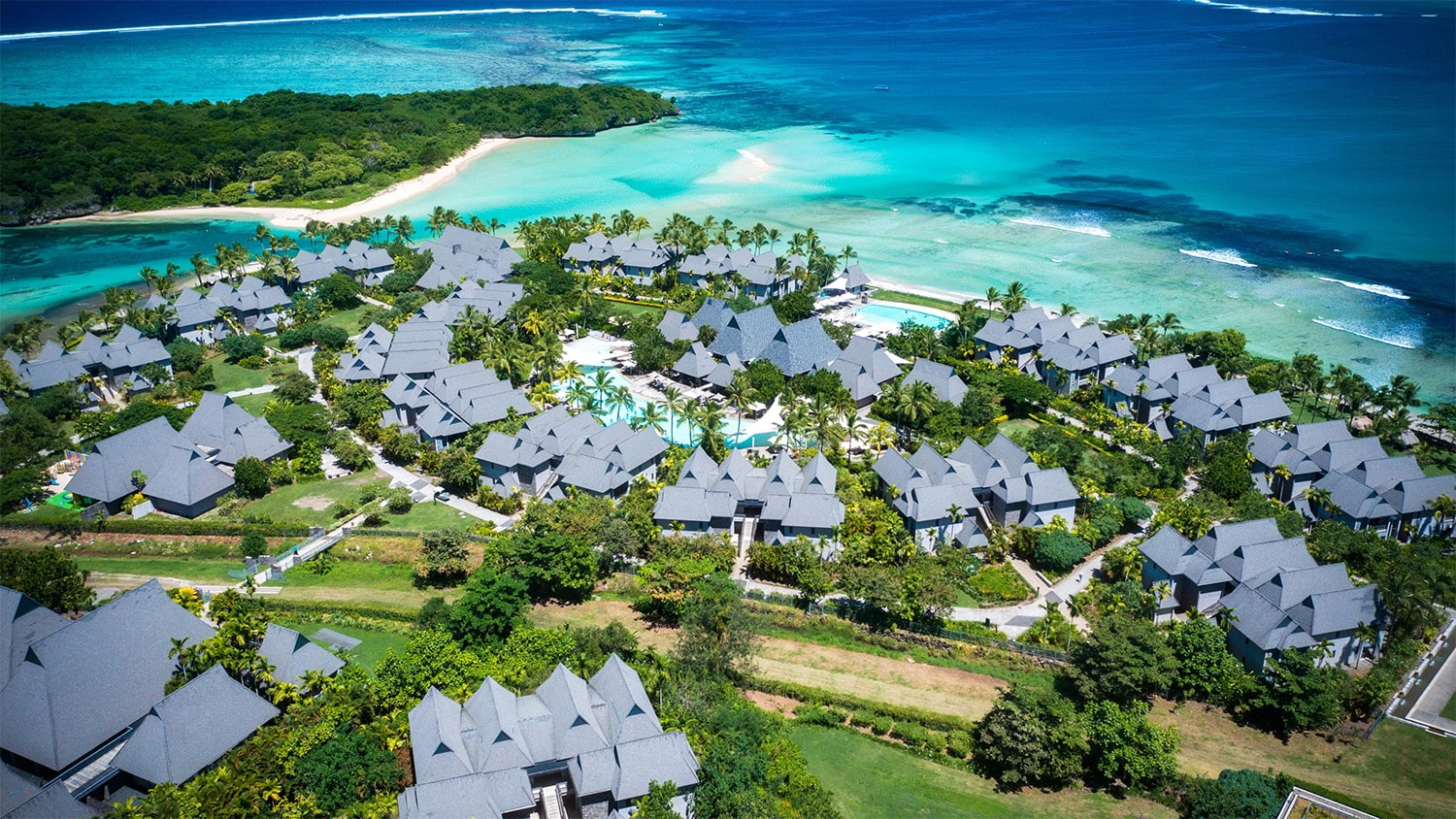
22 interesting facts about Fiji
- 👁️ 2002
Fiji, known officially as the Republic of Fiji, is a captivating archipelago in the South Pacific Ocean, celebrated for its crystal-clear waters, abundant marine life, and lush tropical landscapes. Comprising more than 300 islands, Fiji is a slice of paradise for visitors and a unique blend of vibrant cultures, languages, and traditions for its residents. The country is not only a premier destination for tourists seeking sun-soaked holidays but also a place of rich history and ecological diversity. Here are 22 interesting and informative facts about Fiji that highlight its natural beauty, cultural heritage, and fascinating peculiarities.
- Fiji is made up of 333 islands, about a third of which are inhabited.
- The two main islands, Viti Levu and Vanua Levu, account for nearly 87% of the population.
- Fiji became independent from British colonial rule on October 10, 1970.
- The Fijian dollar is the currency of Fiji.
- Fiji is known as the “soft coral capital of the world” due to its vibrant, diverse underwater ecosystems.
- English, Fijian, and Hindi are the official languages of Fiji.
- Rugby is the most popular sport in Fiji, and the country is renowned for its skilled players, particularly in rugby sevens.
- The traditional Fijian way of life, known as “Vanua,” emphasizes community and respect for the land and the ancestors.
- Fiji operates under a system of communal land ownership, with over 80% of the land owned by indigenous Fijian communities.
- The Fiji Water brand, one of the most popular bottled waters in the world, originates from an artesian aquifer in Viti Levu.
- Fiji was once known as the “Cannibal Isles” due to the practice of cannibalism in its ancient history.
- The national flag of Fiji features the Union Jack, reflecting its historical ties to the United Kingdom.
- The Sigatoka Sand Dunes National Park is one of Fiji’s natural treasures, offering archaeological sites dating back to 2600 years.
- The Great Astrolabe Reef surrounding the island of Kadavu is one of the largest and most pristine barrier reefs in the world.
- The traditional Fijian drink, kava, made from the ground root of the kava plant, plays a central role in ceremonies and social gatherings.
- Levuka, located on the island of Ovalau, was Fiji’s first capital and is a UNESCO World Heritage Site.
- The Fiji Museum, located in Suva, houses artifacts that provide insights into the country’s history, dating back 3,700 years.
- Fiji’s population is a diverse mix of indigenous Fijians, Indo-Fijians, and a small but significant group of descendants from other Pacific islands.
- The Sabeto Hot Springs and Mud Pool near Nadi offer therapeutic mud baths and hot spring pools in a lush tropical setting.
- The Lau Group of islands is known for its traditional sailing canoes, the “camakau,” and its unique cultural practices.
- Fiji’s traditional architecture includes “bures,” which are wood and straw huts built without the use of nails.
- The Blue Lagoon, part of the Yasawa Islands in Fiji, is famous for its stunningly clear blue waters and was the filming location for the 1980 movie of the same name.
Fiji is much more than a picturesque vacation spot; it is a land of rich cultural traditions, ecological wonders, and historical depth. From its world-renowned coral reefs and adventurous outdoor activities to its unique cultural ceremonies and communal way of life, Fiji offers a multifaceted experience for all who visit or call it home. The country’s commitment to preserving its natural beauty and cultural heritage, amid the challenges of modernization and global tourism, speaks to the resilient spirit of the Fijian people. Fiji remains a testament to the enchanting allure of the Pacific Islands, inviting the world to explore its shores and discover its treasures.
